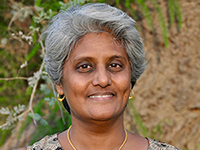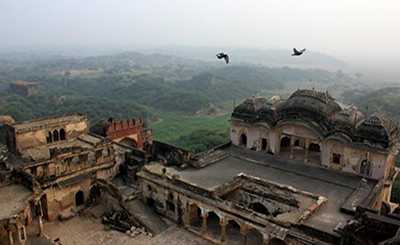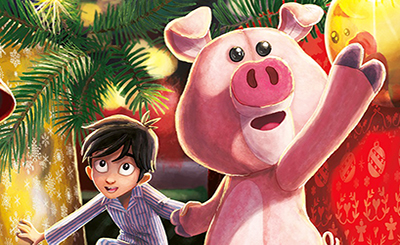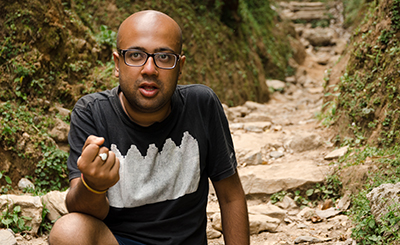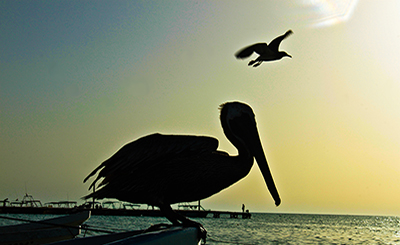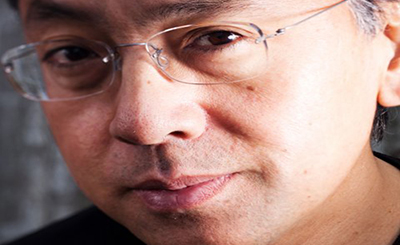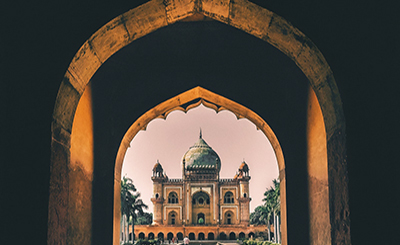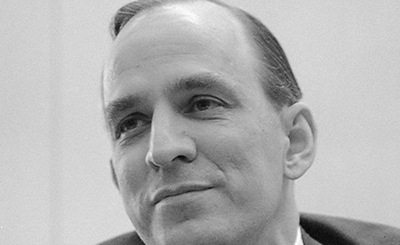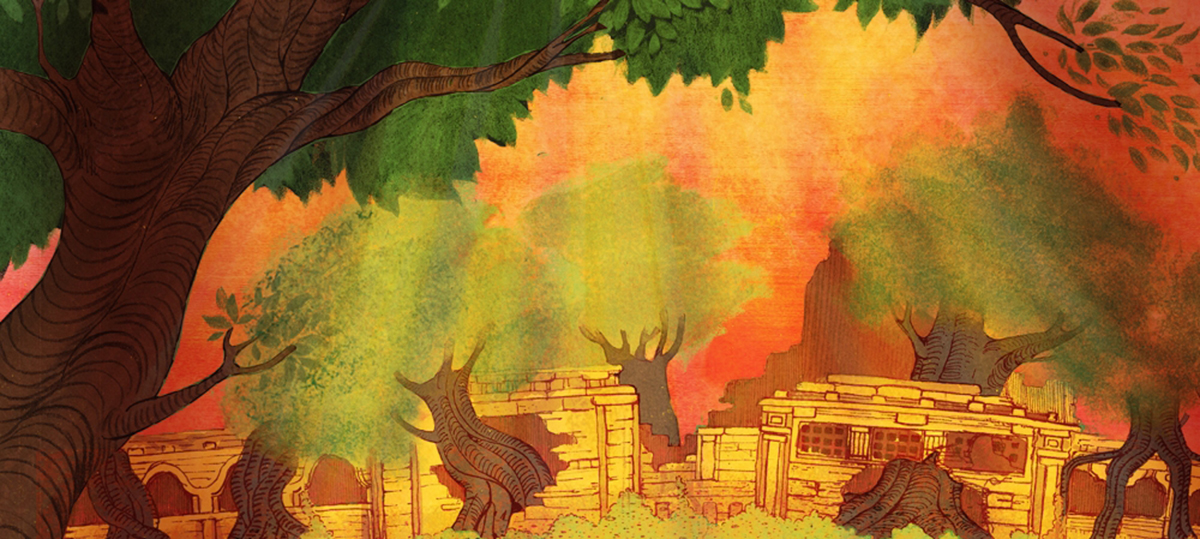
I don’t think I’ve ever had an idea for a story simply fall into my head. Other writers seem to get Ideas —or so one hears — but not me. My historical novel, The Legend of Virinara, did not begin with an idea. No plot point struck me in the shower. No character strode forward, fully formed from the mists of My Imagination, declaring their inner life and intentions, grabbing me by the hand to lead me along a journey through their world. No, nothing like that. Now that the finished book sits before me, in fact it’s difficult to look back and remember with any clarity how it was at the beginning, how the first words fell upon the page, barren and loose as blown leaves.
But I’m quite sure that before I began, it wasn’t my intention to write a story about a forsaken princess who falls in love with an enemy warrior. Nor of a young king caught up in a battle for succession to the throne. The pieces of the story emerged slowly over time, shaped by my reading and life experiences and the milieu in which I was living, especially about a decade ago. I was traveling around India, visiting its most ancient ruins and reading up on its history, immersed in the multiplicities of its pasts. Fragments of disparate stories and images stuck in my head. In the National Museum in Delhi, I saw a 2nd century stela depicting a woman drunk among her friends.
In Khajuraho, I learned about the Chandela dynasty, whose founders, likely embarrassed by their subaltern origins, invented a glorious Kshatriya lineage for themselves, aided by the Brahmins in their courts. I saw one of Emperor Ashoka’s paternalistic edicts, which he had inscribed on stone pillars across the subcontinent; in one of them, he entreats the forest dwellers who live beyond the cultivated lands to behave, else face punishment. I read about the decline of matrilineal social systems that once existed commonly in India, only the most meager, thwarted vestiges of which remain, especially since British Colonial times.
I read about the shifting and dissipation of rivers, changing habitats and urbanization, the ongoing destruction of the forests, which today cover the merest fraction of what they did in Ashoka’s time. I read about the millennia of trade that brought products and ideas from distant shores, and also carried them away. I read ongoing discussions regarding the Aryan migration and considered the mythologizing of identity, the construction of meaning, and the often impenetrable fog of history. I was also learning about India from friends and relatives and people in ordinary streets, trains, homes, and wedding halls. One of my friends, who lives in a small, rather left-behind Indian city, used to surprise me with her particular style of independence and her willingness to question authority, to go against the grain, so much more than others of her conventional social set. I admired her as a woman of intelligence, curiosity, and candor.
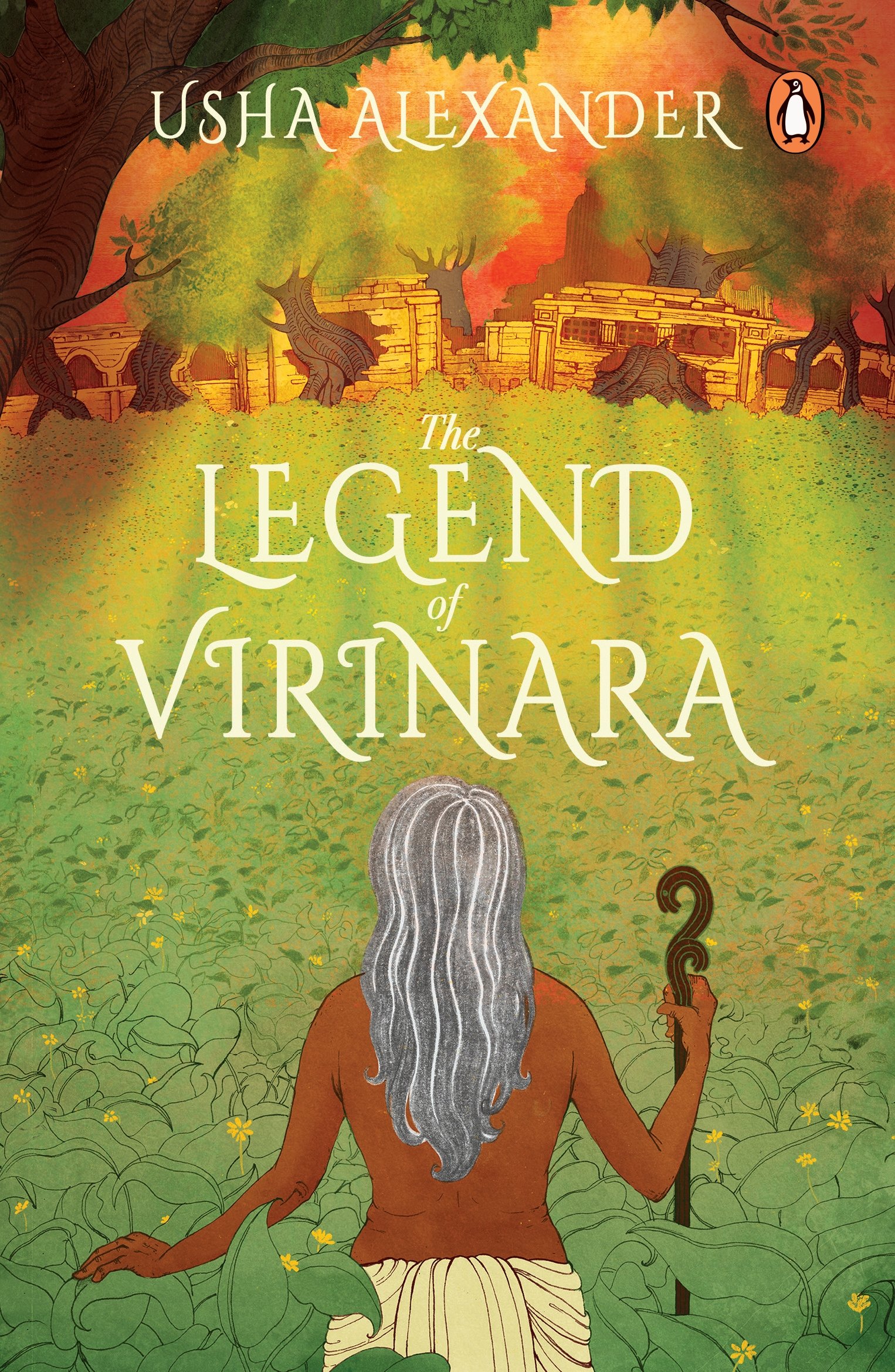
I learned that, in spite of her gifts, her value in the marriage market had dropped to zero at a young age, when she was found to be barren. Seeing how this had ultimately proven both devastating and liberating for her in her life gave flesh to musings I’d long had about growing up under the Indian style of patriarchy (which I had largely — though, not entirely — escaped). But it’s misleading to suggest that The Legend of Virinara was actually born in India. It was a slow accretion of story that began before I immersed myself in Indian history, before I read about Ashoka and the Carvakas and the spread and dominance of Sanskritic culture, maybe before I’d even studied anthropology. Even before that there were discussions, questions, matters of wonder that preoccupied me and that would eventually find their way into this story. For even as I learned more about India, in some part, I was merely struck by its parallels to everywhere else.
In India, as elsewhere, we know that the past is not dead. Especially those who live in ancient societies, with millennial continuities, can see how practices and beliefs of ancient provenance continue to invest modern lives with meaning. We watch as ancient rivalries break through the brittle surfaces of modern nations, as entire populations are displaced, or slaughtered, as new borders get drawn while others get erased. In the former Yugoslavia, in the Middle East, in central Africa, as elsewhere, communities clash, each accusing the other of being interlopers. They regard each other as enemies and strangers, even while they speak a similar language and share so much of their deep culture. So often the heart of these conflicts revolves around the contested matter of who claims title to this land. Who lived here first, in times immemorial? Who belongs to this place? How did our ancestors first encounter each other? How did we get here? Who am I? Who are you? Even in a land as recently re-populated as North America, a nation built almost entirely of modern migrants, conflicts erupt over what it means to ‘be American’. Everywhere, these questions arise again and again. Our origin stories are primarily mythical. We did not arrive here first. My ancestors mixed with yours. They relied upon each other; they tortured and killed each other; they loved and hated each other; they were the same people arriving from different directions. Even where we believe our full history has been carefully recorded — as in a country like the United States — our narrative of a national past is part legend, part erasure, part wishful thinking, part fear.
In fact, the past did die within its own time; it has been replaced by our projections of the present onto where we believe the past lives. Such questions, discussions, readings, musings, travels, observations carried on over the course of many years, and eventually — years before I wrote the first word of this novel — an image formed in my mind: There sits a woman dressed in ancient garb, a person of wealth and rank. Beside her kneels a man. He is of lesser rank, yet they belong to each other. Together they shrink, huddled in the shadows of a deep wood, frightened and aggrieved, leaning one upon the other for comfort. Beyond them, a fire rages; a marvelous city is consumed. But who are these two crouching in the woods? Did they spark that fire? Are they criminals or fools or heroes? And where are they? The questions intruded daily upon my thoughts, everything swirling and drifting together in the same space at the same time.
And then, by some alchemy, bits of story began to precipitate around this image, grain by grain, gathering themselves into a living thing. I began to write. And discard. And rewrite. Characters appeared, ghosts at first, later gaining flesh. A landscape grew out from beneath their feet. I rewrote. I discarded. I rewrote. From first word to last word of the first completed draft, it took seven years for The Legend of Virinara to solidify into the reams of prose that escaped the dustbin. For me, the discovery of Virinara was primarily an exercise in understanding my characters and, through them, understanding the human material that ultimately endows our past and present with meaning.
Comments
*Comments will be moderated



